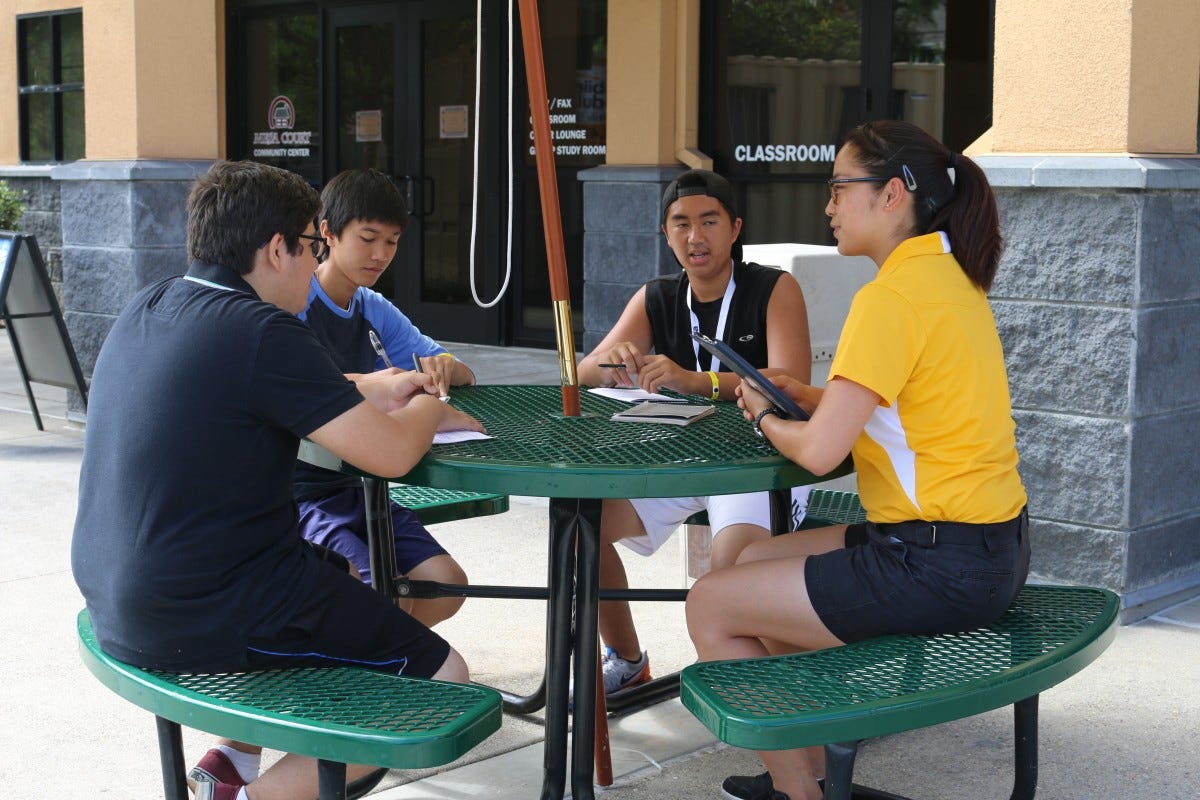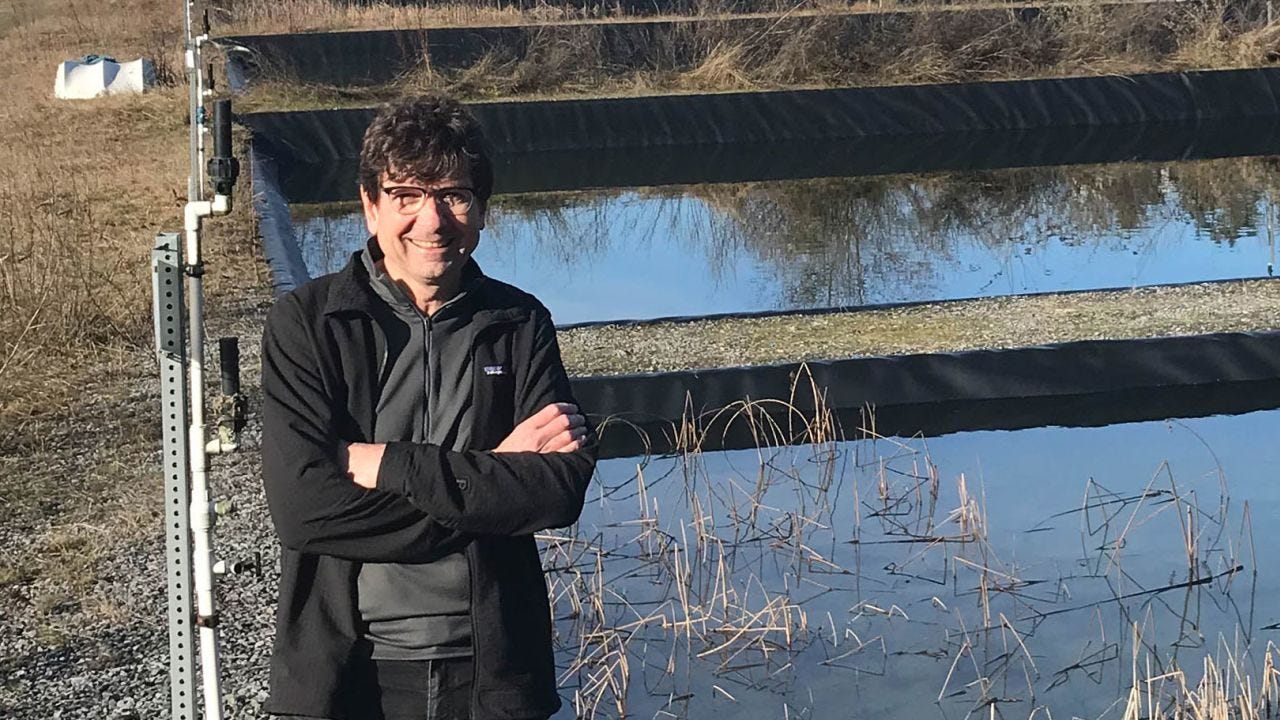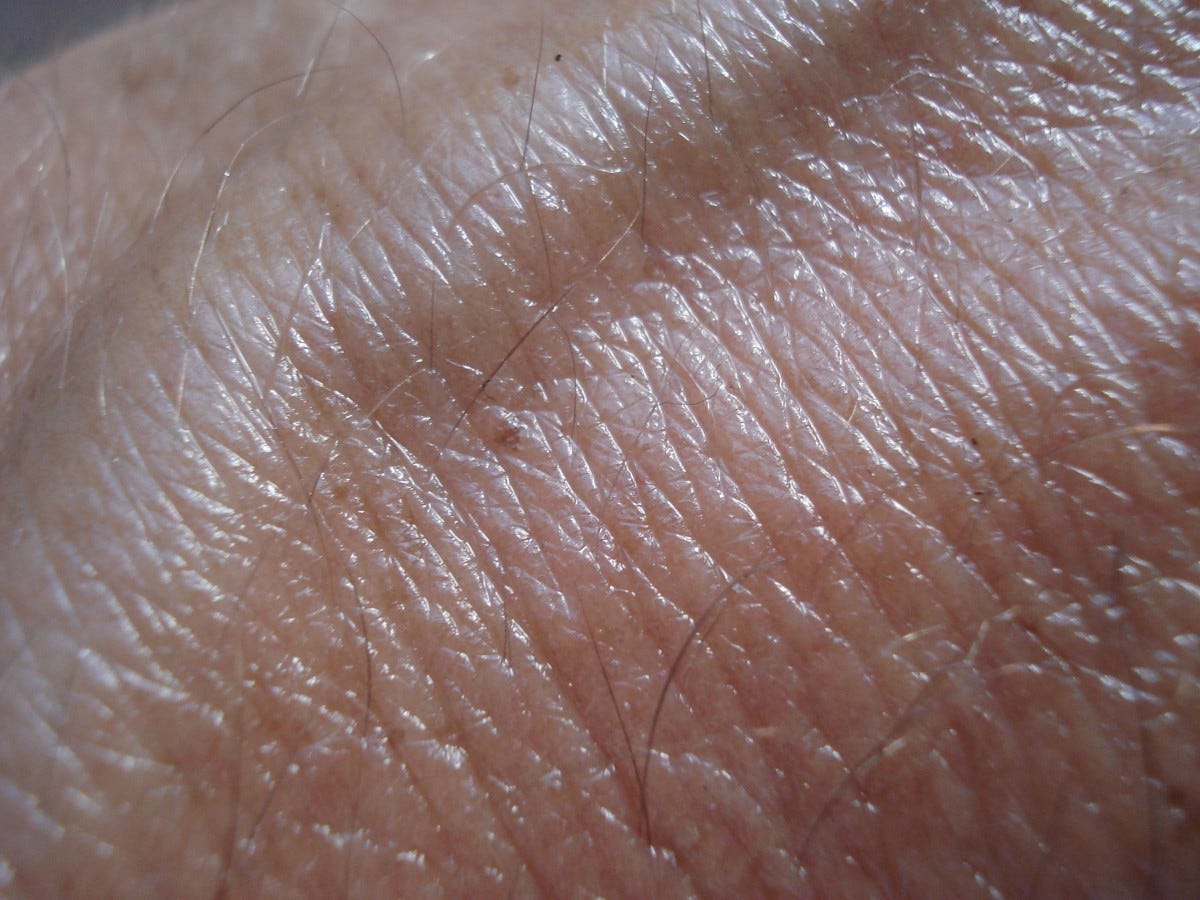Sci-Ed Update 249
A better way to develop test questions, debriefing last year and predicting the new year, sperm-sorting discovery, admitting our flaws, and much more in this issue!
Using Test Question Templates (TQTs) to Teach Physiology Core Concepts
Photo: PxHere
We have therefore linked published conceptual frameworks to Test Question Templates (TQTs), whose structure promotes transparent assessments as well as the active learning needed to prepare for such assessments. We provide examples of conceptual-framework-linked TQTs for the physiology core concepts of Homeostasis, Flow Down Gradients, the Cell Membrane, and Cell-Cell Communication.
Kevin Patton comment→ This is a creative and active approach to teaching and learning A&P. I chatted with lead author Greg Crowther in Episode 70, Test Question Templates Help Students Learn
Read more→ AandP.info/vzr
Review a Year. Preview a Year. | Debriefing & Predictions | TAPP 132
The new episode is here! Listen for a recap of last season, including how I did with last year’s predictions, and some predictions for the coming year.
To listen to this episode, click on the player (if present) or this link→ theAPprofessor.org/podcast-episode-132.html
Chronic fatigue syndrome linked to lower levels of some gut bacteria
People with chronic fatigue syndrome have less of a kind of gut bacteria that produces inflammation-fighting molecules, suggesting a possible target for new treatments
Decreases in the amount of F. prausnitzii bacteria in the gut may play a role in chronic fatigue syndrome (ME/CFS) Science Photo Library/Alamy
People recently diagnosed with chronic fatigue syndrome – also known as myalgic encephalomyelitis or ME/CFS – have distinct differences in their gut microbiomes compared with people without the condition, suggesting that disruptions in gut bacteria may be related to the disease’s onset.
ME/CFS is a chronic disease affecting an estimated 17 million people worldwide. Symptoms include persistent fatigue, brain fog, pain and gastrointestinal complications. It is still unclear what causes the condition or its symptoms, though previous research has implicated gut bacteria, genetics, viral infections and even microscopic blood clots.
To investigate further, Brent Williams at Columbia University in New York and his colleagues analysed gut bacteria taken from stool samples from 106 people with ME/CFS and 91 people without the condition. They found significant differences in the quantities of nine microbes between the two groups even after adjusting for factors like age, body mass index (BMI) and sex.
Read more→ AandP.info/20u
Sperm-sorting device aims to find healthy samples to boost IVF success
Healthier sperm are normally selected for IVF using a centrifuge, which can damage the cells, but an alternative method can do the job gently by creating a current for them to swim against
Separating the best swimmers from a sample of sperm can be important for IVF treatment DENNIS KUNKEL MICROSCOPY/SCIENCE PHOTO LIBRARY
A simple device made from silicon and glass takes advantage of the natural behaviour of human sperm to separate healthy, swimming ones from defunct cells without harming them, which could boost the success of in vitro fertilisation (IVF) treatment.
Isolating the most active sperm from a sample is important for fertility treatments like IVF, but current clinical separation methods using centrifuges can harm the delicate cells.
The success rate of such assisted reproductive techniques is generally between about 30 per cent and 40 per cent per cycle of treatment, so there is room for improvement.
Read more→ AandP.info/1k9
Meet the man who has transformed our understanding of evolution
Evolutionary biologist Dolph Schluter is pictured at one of his ponds containing stickleback fish at the University of British Columbia.
The Royal Swedish Academy of Sciences has awarded Schluter the prestigious Crafoord Prize for his work on the mechanics of evolution, which has fundamentally changed our understanding of how the tree of life branches out. The award is considered a complement — and for some winners, a precursor to — a Nobel Prize.
“Evolutionary biologists were much more focused and interested in the genetic mechanism. They missed what was going on in nature,” said Kerstin Johannesson, a professor of marine ecology at the University of Gothenburg in Sweden and member of the Royal Swedish Academy of Sciences.
“With really elegant experiments and very clever analytical tools, Dolph, more or less convinced all of us that this (ecology) was really the center of this process.”
The explosive evolution of one population into a multitude of new species is known as adaptive radiation, and some view Schluter’s 2000 book, “The Ecology of Adaptive Radiation,” as one of the most important on evolution since Darwin’s “Origin of the Species.”
Read more→ AandP.info/p5q
Research: Why Leaders Should Be Open About Their Flaws
Michael Blann/Getty Images
Leaders often struggle to come across as authentic. New research finds that one reason is they frequently choose to present their strengths and intentionally avoid disclosing their weaknesses.
A team of researchers asked leaders in various organizations to write how they would introduce themselves to prospective workers. Most leaders only revealed their strengths. This is a mistake. Revealing personal foibles — as long as they are not serious personal shortcomings — makes leaders come across as authentic and generates good will and trust.
Kevin Patton comment→ This approach is useful for instructors, too—and resonates strongly with the discussion in The A&P Professor podcast episode 63: Making Mistakes Teaching Anatomy & Physiology
Read more→ AandP.info/bxh
An abundance of antibiotics, and more — this week’s best science graphics
Three charts from the world of research, selected by Nature editors.
Read more→ AandP.info/avf
Indoor air pollution kills and science needs to step up
Researchers and policymakers are only now waking up to the effects of dirty indoor air. As ever, low-income and marginalized communities are most exposed.
The World Health Organization’s most recent guidelines on damp and mould are from 2009.Credit: Michael A. McCoy/The Washington Post/Getty
The image of air pollution is often one of chimney stacks and smoggy cities. But this can be a misleading picture. Indoor air pollution killed more than 3 million people in 2020, almost as many as did its outdoor counterpart. And yet it has been mostly invisible to science, and to policy.
In a Comment article in Nature this week, three researchers describe how that needs to change.
Read more→ AandP.info/x0s
Artificial skin helps reveal details about how skin cancer develops
Image: PxHere
A team of researchers at the University of Copenhagen designed an artificial skin that allowed them to better understand the complex mechanisms behind skin cancer, which could improve how clinicians treat and prevent skin cancer in the future. Researchers describe the results of a study using the artificial skin in a recent article in Science Signaling.
Read more→ AandP.info/4mb











